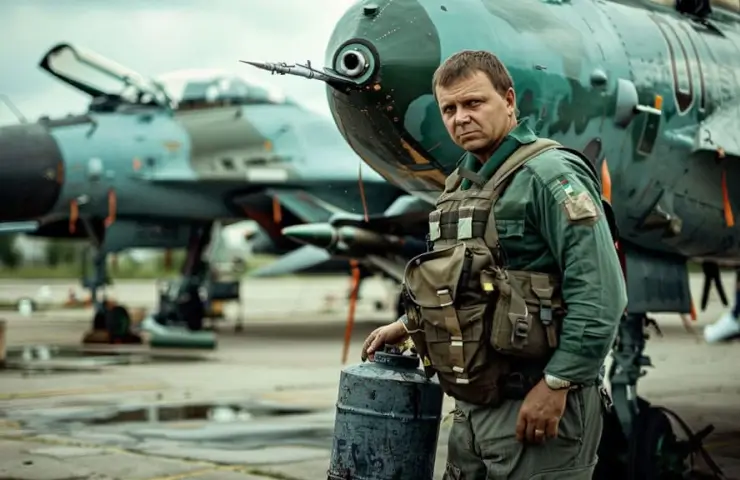Camouflage painting is a key factor determining the invisibility and success of the use of military vehicles and mechanisms in combat conditions. At the same time, taking into account the peculiarities of the use of technology and the specifics of the operational landscape, various strategies for selecting shades and patterns for camouflage are used.
A well-known expert in the coloristics of automotive paints from Odessa, Oksana Polina, in her online magazine sanapolina.od.ua shares interesting information on the specifics of using khaki shade for painting military vehicles and equipment. Khaki is a traditional and widespread color used to camouflage military equipment. This shade has special characteristics that enable the technique to visually blend with a variety of landscapes, for example, forests, desert areas or mountainous areas. In her blog, Oksana examines the merits of using khaki paint for camouflaging military vehicles and gives expert advice on its use.
Factors influencing the choice of camouflage colors and patterns
When choosing color schemes and patterns for camouflage painting of military equipment, it is necessary to take into account a whole range of factors, which together determine the effectiveness of camouflage in specific conditions of combat use.
The key of these factors are:
- Geographical features of the region, including the nature of the landscape (plain, mountain, desert, forest, etc.), types of local vegetation and natural shelters, as well as the dominant colors and shades of the surrounding area.
- Seasonal changes that require taking into account the transformation of the color scheme of the landscape at different times of the year and adapting camouflage to seasonal variations to preserve camouflage properties.
- The tactical purpose of the equipment, which involves the development of specialized color schemes for a specific theater of military operations and the use of discontinuous patterns to distort the silhouette and make identification difficult for the enemy.
- The combat distance, which determines the choice between contrasting fine-detailed patterns for close combat equipment and blurry large camouflage elements that merge with the background at long distances.
- Proper consideration of these factors and selection of the optimal camouflage painting makes it possible to achieve maximum secrecy of military equipment on the battlefield and increase its combat stability and effectiveness. Correctly selected camouflage significantly reduces the likelihood of detection and identification of equipment by the enemy, which provides significant tactical advantages. In addition, effective camouflage reduces the risk of equipment being hit by enemy fire, preserving the lives of the crew and the combat effectiveness of units.
Specifics of painting of military aviation and naval equipment
Aviation equipment receives camouflage painting with taking into account the peculiarities of visual perception at high flight speeds. Blurring colors and using smooth gradients from dark tones at the bottom to light at the top allows aircraft to effectively blend into the ground when viewed from above and into the sky when viewed from below.
Ships and marine equipment are characterized by the use of darkened gray-blue shades, similar by color to the water surface. This reduces the visual visibility of the object against the background of the sea. Additionally, noise-absorbing radio-absorbing coatings are used to reduce the radar and thermal signature of the ship.
Use of adaptive "smart" camouflage materials
Development of experimental adaptive camouflage coatings that can change their color depending on lighting conditions and the background on which the object is located. This will allow the technology to merge with the environment when the landscape and time of day changes.
Another promising area is materials with thermochromic properties. They can change their hue when heated or cooled, adapting to the ambient temperature and making it difficult for enemy thermal imagers to detect them.
Micropatterns are also being introduced that are invisible to the human eye, but make it difficult for machine vision systems to recognize the equipment and guide high-precision weapons due to distortion characteristic contours of an object.
Thus, the development of camouflage technologies is moving along the path of increasing adaptability and the introduction of “smart” coatings that ensure the secrecy of military equipment in various combat conditions. This increases the survivability and combat effectiveness of weapons on the modern battlefield.




